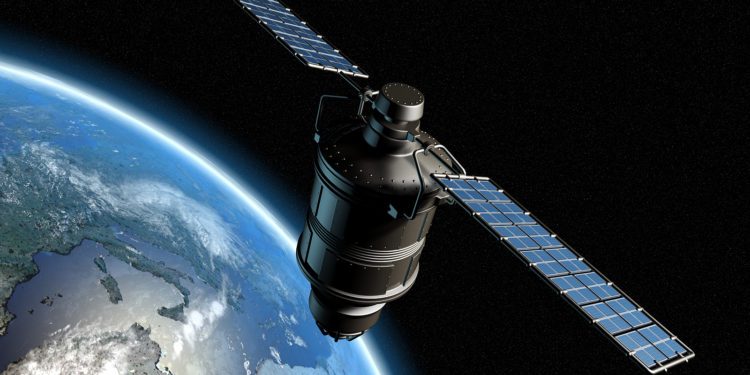Apple is working on a satellite feature for the iPhone that will allow users to send texts in emergency situations, Bloomberg reports. The feature would also allow iPhone users to report crashes and other emergencies in areas where there is no cellular coverage.
There are at least two emergency features that rely on satellite networks. Although satellite technology has been in the works for years, these features are unlikely to launch in 2021. The first feature, Emergency Message via Satellite, will allow users to message emergency services and contacts via a satellite network when no signal is available. It will be integrated into the Messages app as a third communication protocol alongside SMS and iMessage. It will feature gray message bubbles instead of green or blue ones, but there will be a limit on message length.
iPhone and satellite communications – Bloomberg provides clarity
The texting-via-satellite tool, codenamed Stewie internally within Apple, will limit messages to a shorter length. Texts will be automatically routed to an emergency contact's phone, even if the Do Not Disturb setting is enabled. A planned design will allow the user to send the message by typing "Emergency SOS" where they would normally type a contact name. In addition to sending text messages, the service may also be able to handle some phone calls.
The second feature will allow users to report major emergencies such as plane crashes and fires via satellite networks. It will be similar to a “911” call in the US and can provide information such as the user’s location and medical ID, in addition to alerting emergency contacts. The writes now Bloomberg, citing internal sources. Apple analyst Ming-Chi Kuo claimed over the weekend that the iPhone 13 would include support for low Earth orbit satellite communications to allow users to make calls and send messages without 4G and 5G coverage. But further analyses have shown that this assumption is false and unlikely – at least in this form.
Satellite connectivity should help in emergencies
Now Bloomberg has spoken out and provided more clarity. According to the report, Apple will only introduce satellite connectivity for "crisis scenarios" and will not be an alternative to cellular networks that enables texting and calls on a broad basis. In addition, the satellite feature will not be available immediately in every country. The reason for this is the satellite locations as well as local regulations. In terms of how it works, Bloomberg explains that the feature will prompt the user to go outside and move in a certain direction so that the iPhone can connect to a satellite. The process can take up to a minute for an iPhone to successfully communicate with a satellite.
Launch of iPhone 13 uncertain
A special modem chip is needed to connect to satellites. Apple will continue to use Qualcomm's technology for the next few years. It is not clear whether Apple will enter into a partnership with Globalstar, as Kuo believes. Globalstar's competitors Iridium Communications and Omnispace are not working with Apple, according to Bloomberg. But the report does not rule out Globalstar. As for the release, Bloomberg writes that the feature will probably not be ready before 2022, although Apple's modem chips "may have the hardware necessary for satellite communications" this year. But the features could still be changed or removed by Apple before the planned launch. So the whole thing is not final. (Photo by cristimatei / Bigstockphoto)





